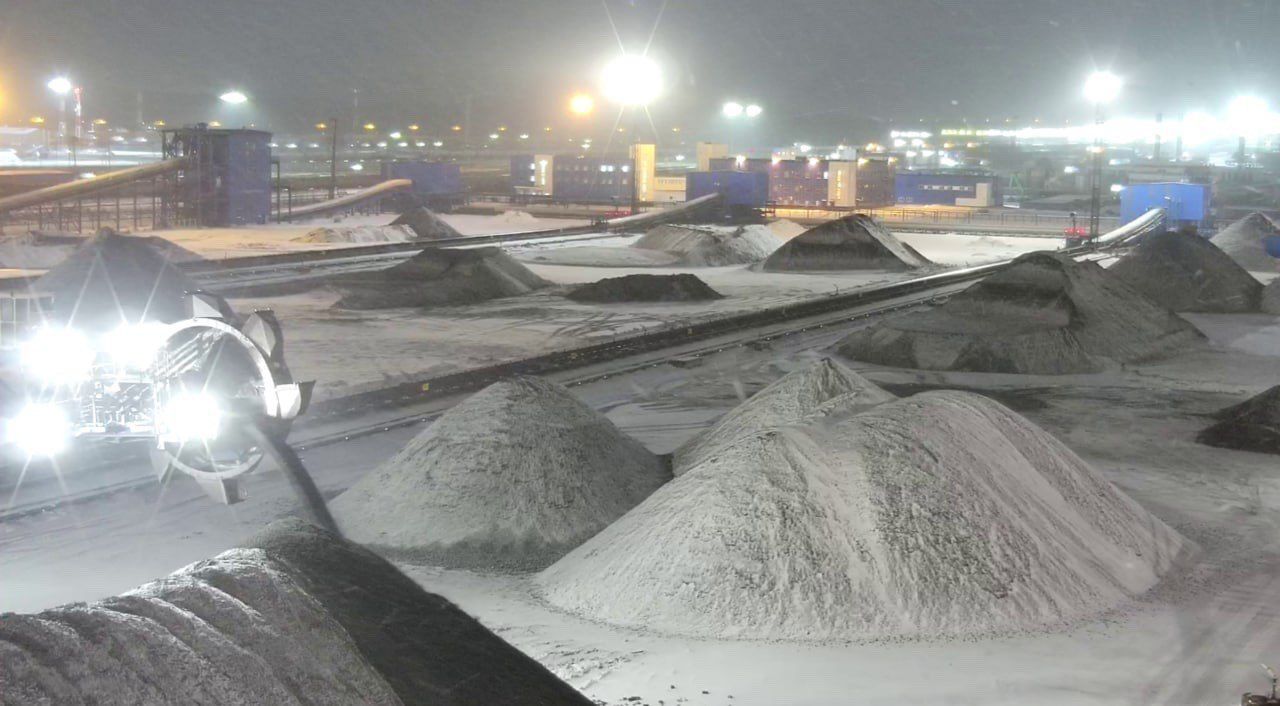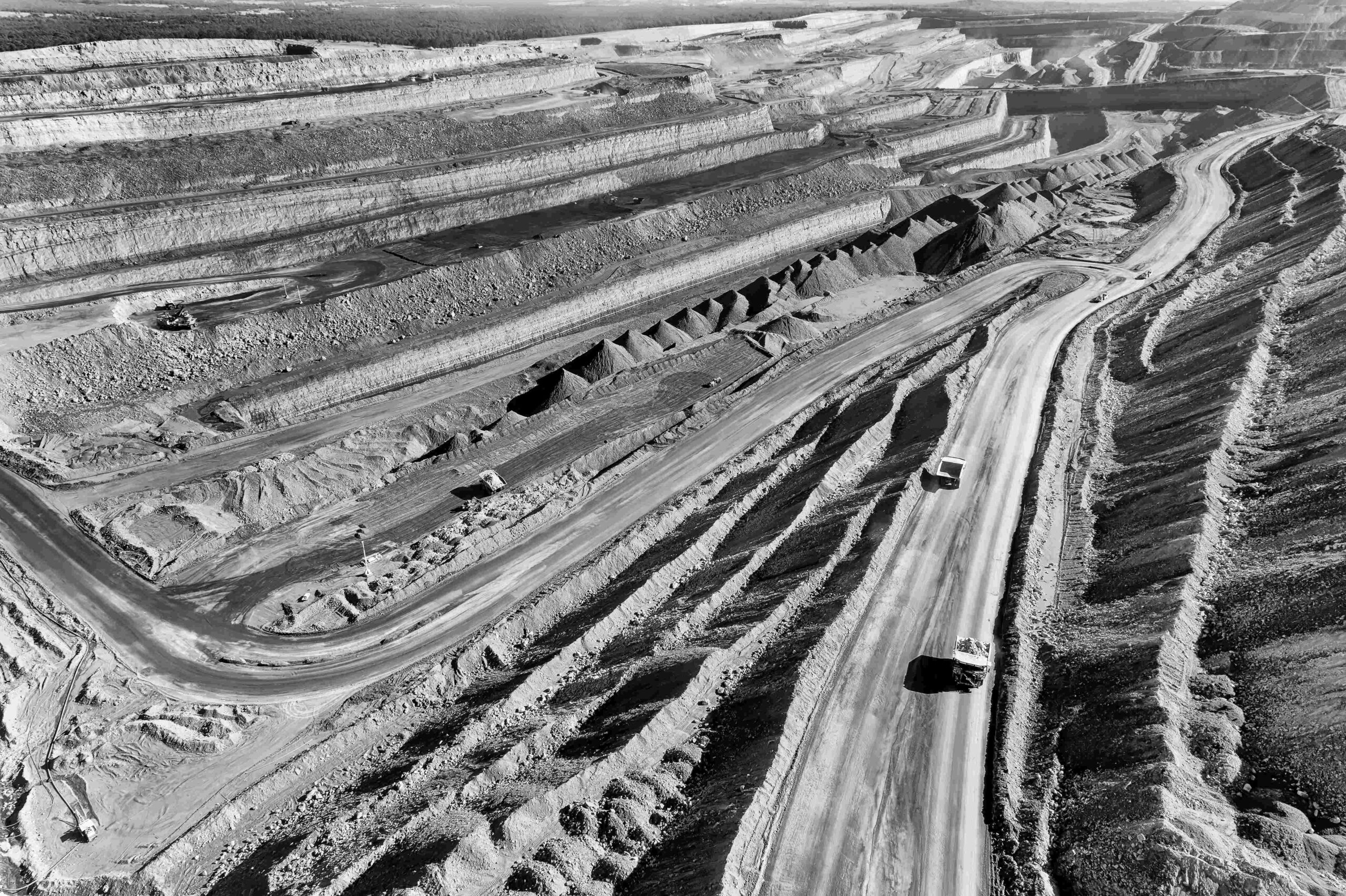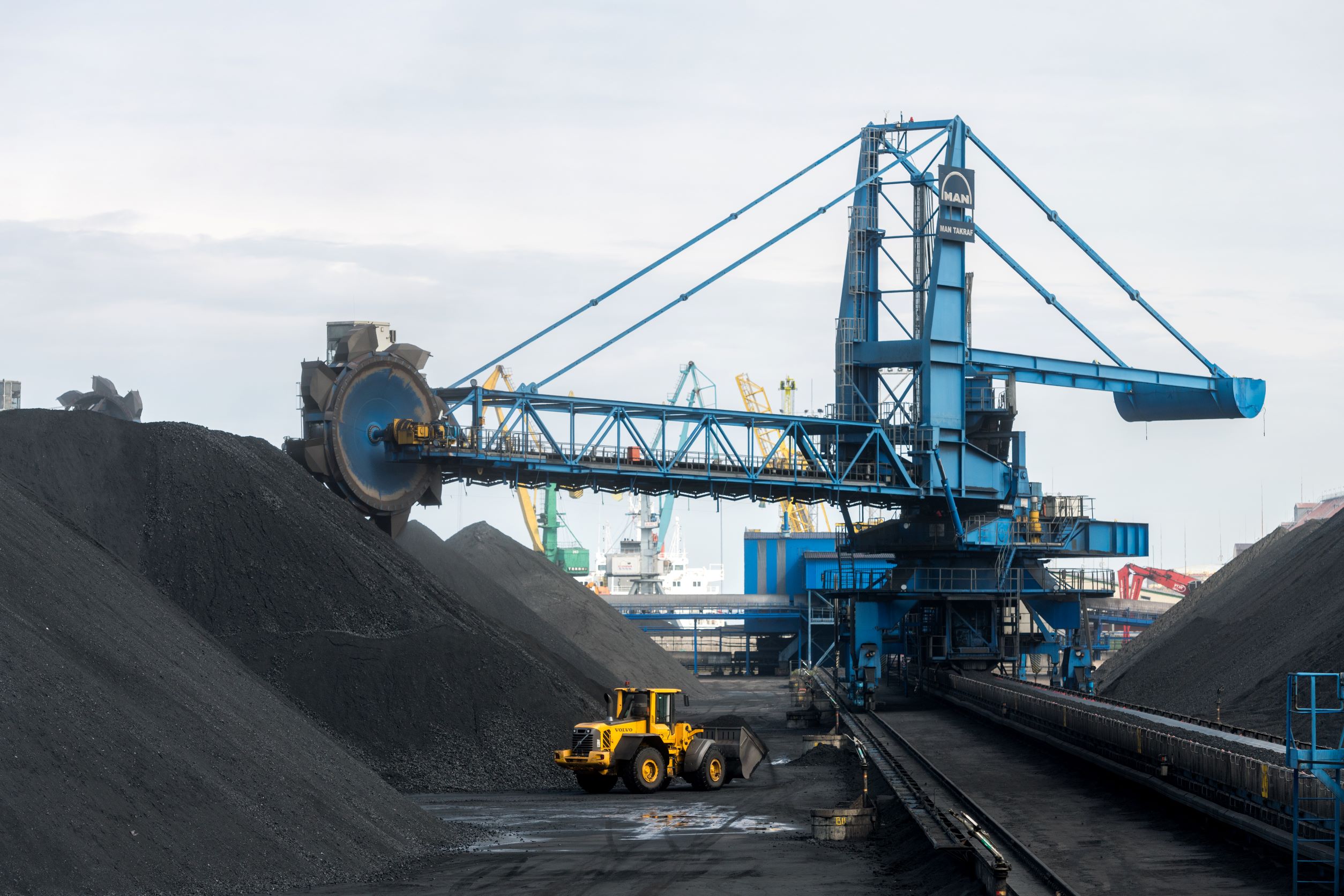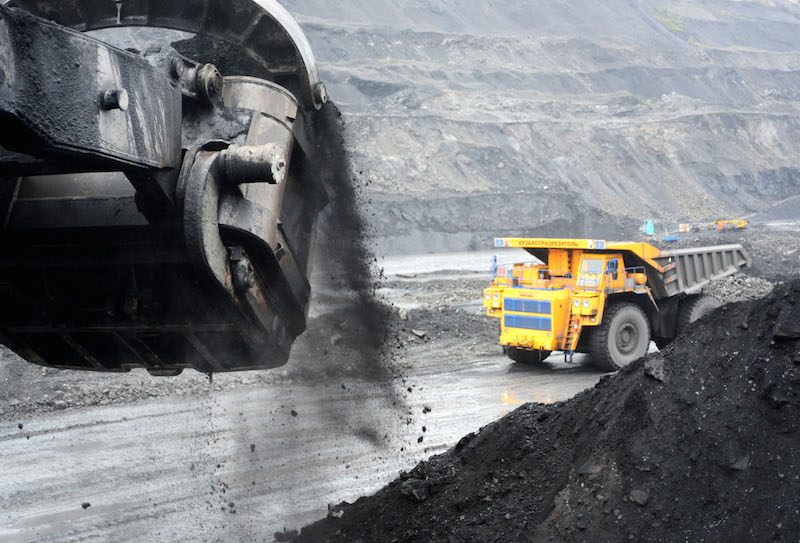
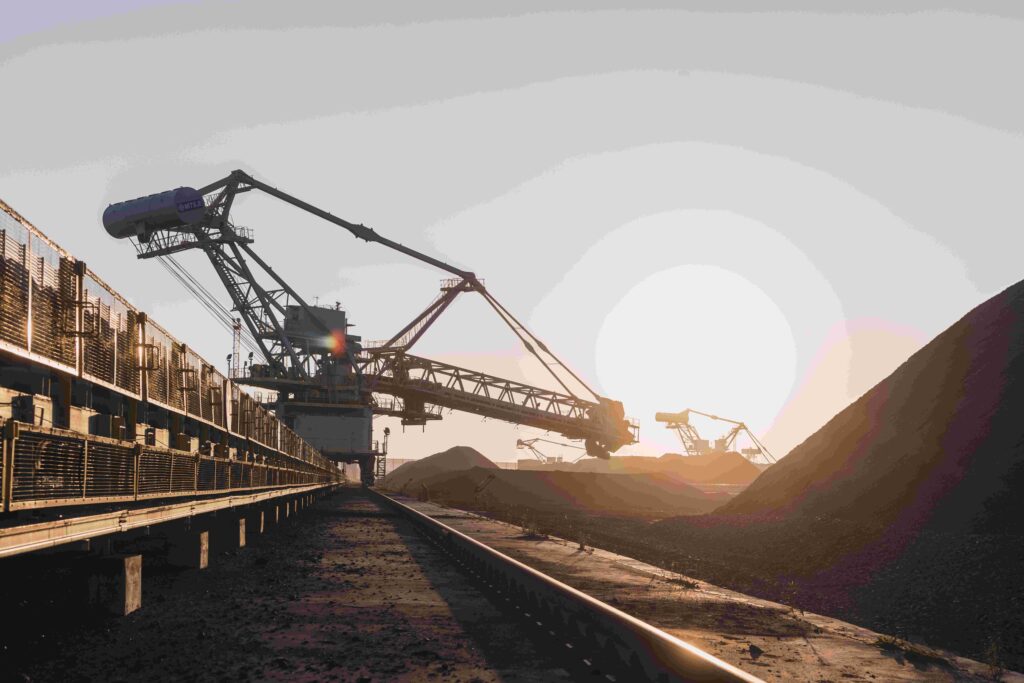
Over the past week, thermal coal indices on the European market broke through the level of 120 USD/t, nevertheless failed to gain a foothold and by the end of the week bounced back below 110 USD/t amid speculative paper contracts sell-off and increased volatility on the gas market.
Gas quotations at TTF hub renewed the local maximum, reaching 432 USD/1,000 m3, but later sank to 374 USD/1,000 m3 (-3 USD/1,000 m3 w-o-w) on concerns of a complete cessation of gas supplies from Russia, unplanned shutdown of the Nyhamna plant for processing Norwegian gas in the North Sea, as well as a simultaneous growth of gas reserves in European underground storage facilities. Coal stocks at ARA terminals stood flat at 5.2 mio t.
South African High-CV 6,000 dropped below 110 USD/t on limited demand in India, where elections were held. Pressure on quotations was also exerted by a slight build-up of stocks at the RBCT terminal and political uncertainty, related to the elections in South Africa, where the oldest party, the African National Congress (ANC), lost its majority for the first time over 30 years, with the ANC having to form a coalition with another party and the acting president Cyril Ramaphosa possibly being forced to resign.
In a consequent development, representatives of major businesses said that if the ANC formed a coalition with a party advocating nationalization of assets and imposition of new taxes, agreements with the government would be terminated.
In China, spot prices for 5,500 NAR coal at the port of Qinhuangdao adjusted slightly below 123 USD/t on the back of higher hydro generation, resulting from heavy rains (in the country’s southern and eastern provinces), which are expected to last until early July. Meanwhile, China’s National Climate Center said that the La Nina effect started to form in June, which will bring more rains to the northern part of the country.
China’s Energy Committee said the country’s thermal generation fell 9.4% YTD, while coal consumption declined 10.3%.
Moreover, prices at large mines were downgraded as smaller mines, previously halted because of safety violations, resumed operations.
Inventories at the 6 largest coastal thermal power plants raised up to 14.4 mio t (+0.2 mio t w-o-w), while coal consumption increased from 765 kt/day to 770 kt/day. Stocks at the 9 largest ports totaled 25.3 mio t (-0.3 mio t w-o-w).
Indonesian 5,900 GAR weakened to 94.5 USD/t (-1.5 USD/t w-o-w), reflecting stable supply as well as limited demand in India, where domestic production increased in May (+10% y-o-y), and in China, where hydro generation is on the rise.
Australian High-CV 6,000 moved below 140 USD/t as fundamentals deteriorated, including demand in China and the Asia Pacific. Furthermore, the US ramped up coal exports from to 0.9 mio t (+23% w-o-w), competing with Australian material. However, some Australian suppliers are not willing to cut prices, expecting anti-Russian sanctions to boost consumers’ demand in the southern region of China.
Australian HCC metallurgical coal quotations rose above 255 USD/t on expectations of deteriorating supply for July. U.S. prices also strengthened, driven by the forecast of limited supply of low-volatile material.
In addition, India’s election outcome, with Modi’s party winning, suggests continuing the previously taken course aimed at expanding the capacity of the steel industry and developing infrastructure, while ICRA last week raised its forecast for domestic steel demand growth from 7% to 10%. With the political process coming to an end, Indian steel mills may start replenishing coal stocks next week. A positive factor is also the stimulus package previously adopted by the Chinese authorities to support the real estate sector and contribute to the improvement of the steel market conditions.
Source: CAA










